Apple iPhone 12 review: Still excellent in almost every way
The iPhone 12 is still one of the best iPhones for most people
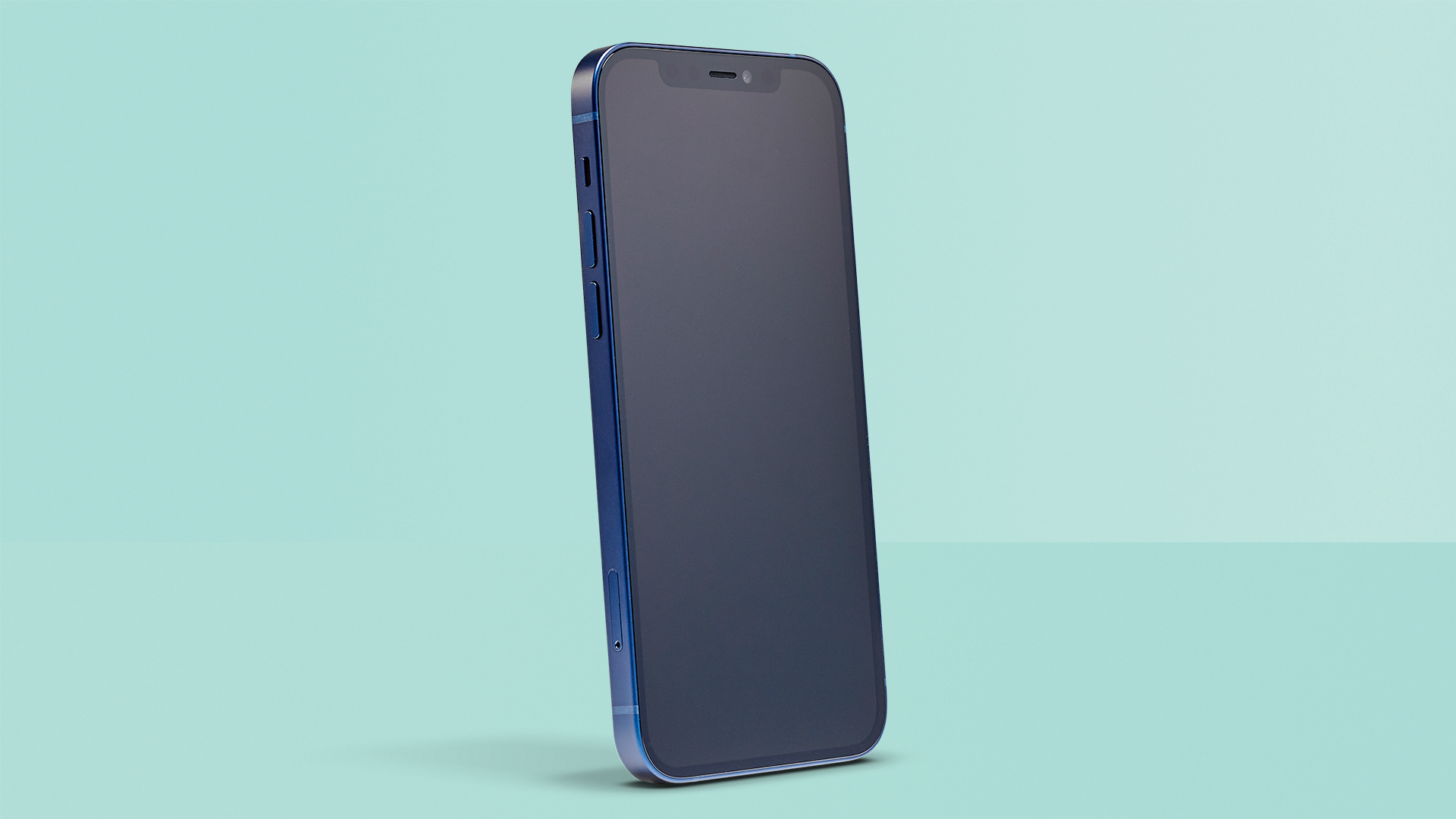
The iPhone 12 is an ideal iPhone for many people, thanks to class-leading screen quality, high-quality cameras and great future-proofing (including 5G). Now the iPhone 13 has launched (which doesn't offer much more, really), the 12's lower price point is an added appeal.
-
+
Fantastic HDR screen & high-quality camera
-
+
Future-proofed with 5G and powerful innards
-
+
New design and build quality
-
-
Average battery life
-
-
Only a dual-lens camera
-
-
60Hz screen
Why you can trust T3

If you wondering which Apple phone you should buy, then this iPhone 12 review is a good place to start. Recently banished from the limelight by the iPhone 13, the iPhone 12 is still worth buying, even though it's no longer the best iPhone for most people. Because it's not the newest generation you'll be able to buy it for cheaper than you could before though.
Released back in 2020, the iPhone 12 series was made up of four devices with this one being the most popular. Why? Because its price tag won't make your eyes water. It's slightly cheaper than the other handsets but that doesn't mean it skimps on screen size, it still has a 6.1inch display so you'll get plenty to work with.
Compared to the iPhone 11, which came out in 2019 (and is still available now), there's a solid range of improvements across the device: an OLED screen replaces the LCD, and brings a noticeably higher resolution at the same size; the body is smaller and lighter; the cameras have a number of tweaks; and you've got an upgraded processor plus 5G wireless capability.
However, the iPhone 12 also had a price rise compared to the launch price of the iPhone 11, which tempers the feeling of value from those improvements, and comes during a tough economic period. Here in 2021, we're often seeing it for around 20% cheaper than it was at launch, which helps a lot and that should go down even more now that iPhone 13 is available. So here's your extremely in-depth verdict on the iPhone 12, and just how impactful all these new features are, and how they balance with its price.
Spoilers: it's one of the best phones you can buy in terms of its quality and performance, but its price means it's still out of reach of being among the best cheap phones, and that's a shame.
iPhone 12 review: Price & release date
The iPhone 12 was released on October 23rd 2020, and its official price started from £799/$799/AU$1,349. That includes 64GB of storage, which is… fine. It's a bit tight in a world where popular games can be 3GB easily, and when the device is your primary photo/video storage (though Apple's iCloud system is very good for this). The Google Pixel 5 starts significantly cheaper than this, but comes with 128GB, as an example of where the competition is at.
You can step up to a model with 128GB, though, for a modest fee. For £849/$859/AU$1,429, you get the extra storage, which is what we'd suggest people do, particularly if you're paying monthly, since you'd barely notice the difference, and you give yourself a good amount of extra space.
You can go bigger still, to a 256GB version. That'll cost you £949/$949/AU$1,599. Anything bigger than that and you're officially a 'pro' by Apple's standards – meaning you'll need to buy the iPhone 12 Pro.
The price for this iPhone has risen when compared to the launch of the equivalent iPhone 11, as we've mentioned. That launched at £729/$699/AU$1,199, and actually represented a price drop from the iPhone XR that it, in turn, replaced.
I can't say I'm a fan of seeing the price swing the other way here, and that's been a major factor between this getting full marks and the score it has – the complex relationship between the improvements and value will be a key part of my verdict at the end.
However, while Apple still sells the iPhone 12 at that same price officially, there are lots of major discounts at retailers in the UK in particular, where you can now regularly get the cheapest iPhone 12 for under £700, so it's now much better value overall. You can see the current prices on both SIM-free and contract deals at the top of this review.
It's worth noting that Apple has removed the headphones and charging adapter from the box in the iPhone 12 – it comes with only a Lightning-to-USB-C cable. It'll work with any adapter that has a USB-C plug, and Apple sells one for £19/$19.
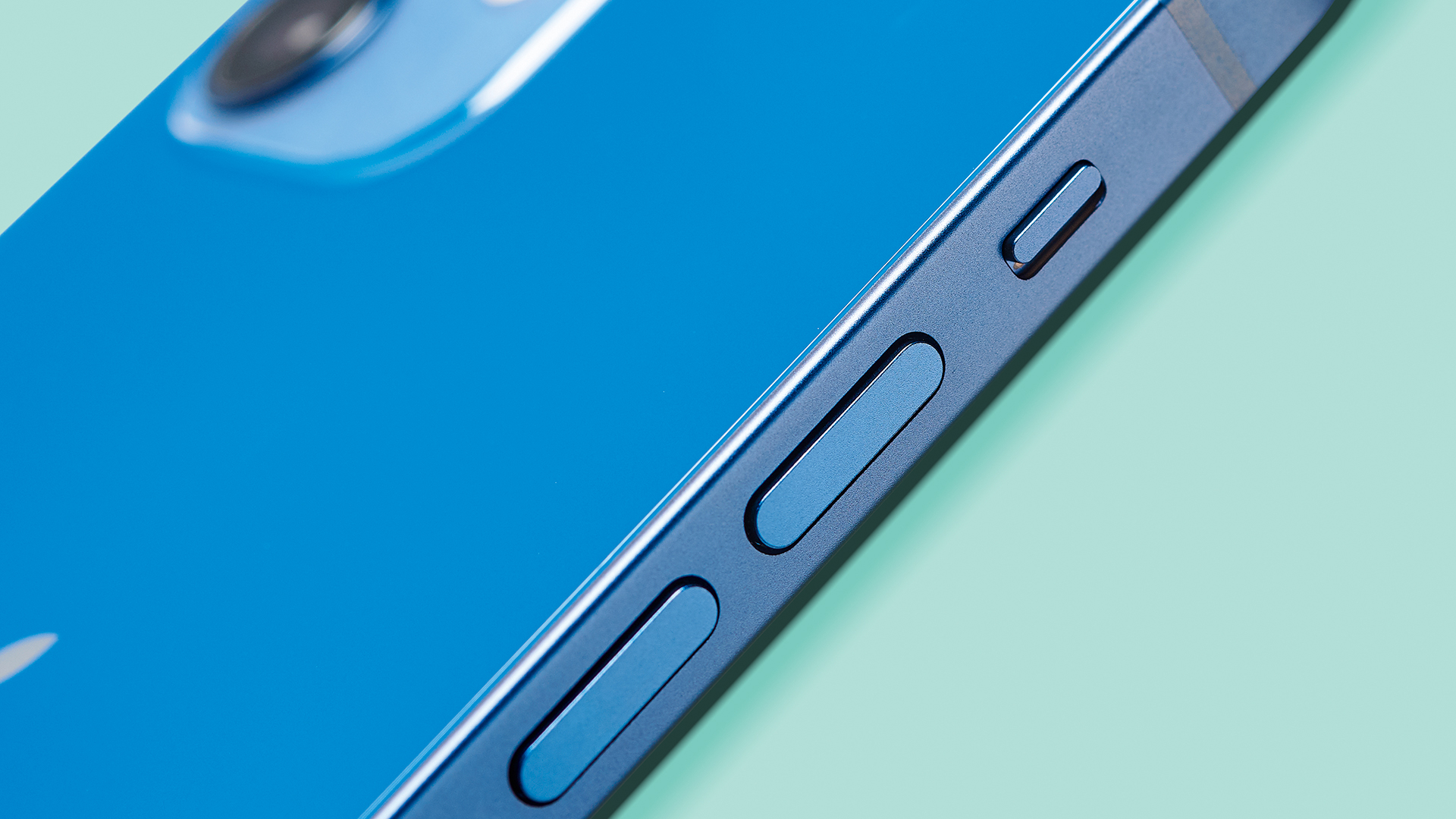
iPhone 12 review: design & MagSafe
All of Apple's new phones from late 2020 feature a new design, which most closely resembles the design of the iPad Air (2020) and latest iPad Pros, and which many have compared to the iPhone 5-era devices, with flat sides, and severe corners.
The new design doesn't feel like it's a blast from the past, though – just a new spin on the style Apple has always aimed for from the iPhone: a black oblong framed with a dash of colour or material.
The iPhone 12's aluminium side frame and glass back come in five colours: black, white, red, green and blue. Unlike, say, the iPad Air where the colours tend to stick with all being quite pastel, here they run an interesting range. The black and white are as expected. The red is really vibrant, particularly on the glossy glass back, with the more matt metal sides toning down just a notch. The green is soft – pale and almost ice cream-y. The blue is deep and luxurious, like a velvet sofa in some influencer's video.
It's the blue I had for this review, and I love it, especially in combination with the new design and the way the colour peeks around the edge of the whole front of the device.
The iPhone 12 is significantly smaller than the iPhone 11, despite having the same-size screen. Removing the curves of the case and thinning the bezel around the screen's edge means that this phone is effectively the size of the 5.8-inch iPhone 11 Pro – and is identical in size to the iPhone 12 Pro, in fact.
Flat sides and smaller borders mean the screen is much easier to reach across with one hand, which is an improvement by any standard, though it's still a lot of height to reach to, especially for those with smaller hands. But that's just all phones these days… except the iPhone 12 Mini, of course.
Holding and reaching around the phone is totally comfortable – the corners between the front/back and the sides might be a right angle, but the actual corners have been rounded slightly, so it feels no harsher on the hands than the old curved design.
Basically, I think the new design is superior in every way – aesthetically, ergonomically and functionally. It's arguably the best-looking iPhone so far, which is a hotly contested category – for me, only the iPhone 12 Pro beats it, in fact.
There's still the iPhone notch at the top, with Face ID security built in. This hasn't developed the sudden ability to work perfectly with masks, so I was surprised not to see fingerprint security make a comeback here as well, given that the new iPad Air has a side-mounted fingerprint sensor that would be perfect. (Apple doesn't use under-screen fingerprint sensors, despite them appearing in lots of Android phones.)
Apple has added a new mask-friendly feature for Apple Watch users, though: if you're wearing your Apple Watch and you try to use Face ID to unlock your phone while wearing a mask, your phone will use your Apple Watch to authenticate you instead. So it's not really scanning your face at all, but rather it's saying "Well, I'm right next to the Watch, and that says it's connected to the right person, so I'll unlock". This doesn't enable Apple Pay or really sensitive material, but it's very useful… as long as you have an Apple Watch too.
Face ID continues to work extremely well for non-masked usage however, and though some still really hate the size and shape of the famous notch, I'm fine with it. I suspect Apple sees it as a recognisable design trait of the iPhone, like the Home button used to be, and it doesn't get in the way of 16:9 videos, so it's fine, really.
Apple is using its new 'Ceramic Shield' glass on the front, which it says is four times tougher than other devices, so is more likely to survive drops. Now, here's a quick engineering lesson: toughness sounds like a generic term for glass strength, but it isn't. It means a material's ability to withstand impact without fracturing. The iPhone is less likely to shatter when dropped.
This does not make it more scratch proof. Resistance to abrasions is known as hardness in glass. Diamond and sapphire are two of the hardest materials on the planet, which is why the iPhone camera lenses are sapphire – because you really don't want a scratch on them.
Apple hasn't said anything about the new glass being harder, just tougher. Some people with iPhone 12s have noticed scratches, which makes them doubt the glass' quality. But that's a separate issue. I tell you this so that 1) you understand what's being promised, and why a scratched screen doesn't contradict this; and 2) so that you don't start rubbing your phone up against your keys assuming it'll be fine.
Some people have dropped the new iPhones already, accidentally or to test them, and they have shown great drop resistance – more than you might expect from previous models. But whether a phone shatters or not is as much at the whims of fate as anything else, so don't be any less careful.
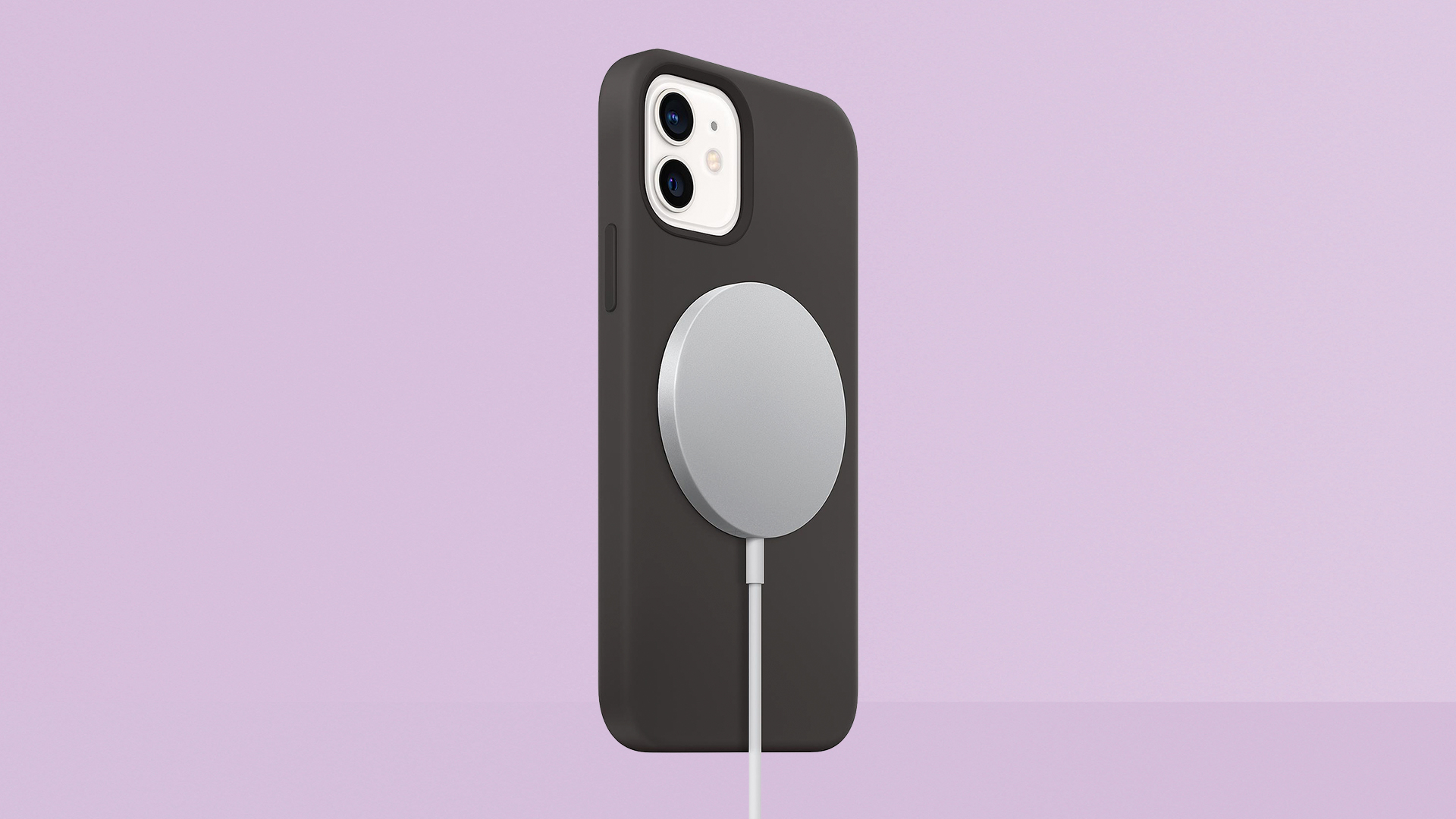
The last new physical feature of the iPhone 12 is MagSafe: a ring of magnets on the back of the iPhone, hidden under the rear glass.
This is for attaching accessories, including a new MagSafe wireless charger, which uses the magnets to align the wireless charger perfectly, meaning higher power delivery – 15W from Apple's new charger that you can buy.
This is an interesting idea with some clearly useful applications, but one that I'm not blown away by, even in mid-2021, many months after launch. I've tried the MagSafe charger, which is effectively a replacement for plugging in the Lightning cable. Because of the magnets, the MagSafe charger doesn't stay on the table when you lift the phone, like other wireless chargers. This is useful in that it means you can continue charging while using the phone; but it takes away that little 'grab-and-go' advantage of other wireless chargers (which will still work, to be clear, but at slower speeds).
The MagSafe charger also should have come with a 2m cable instead of a 1m one – getting a longer cables are one of the big reasons to buy yourself a new one. The MagSafe charger also doesn't come with a power adapter – it's just a USB-C plug on the other end. To charge at 15W, it needs to specifically use Apple's new 20W adapter, so that's an extra purchase.
And it's also heavy! It makes the phone considerably heavier to hold, which a simple Lightning cable doesn't.
Between all of this, I just don't see a major advantage for the simple MagSafe charger over using Lightning right new, given that Lightning is also more efficient. There are reasons to choose it, sure, I just don't see it as a clear upgrade.
However, that's not all MagSafe does. The strength of magnets means it can be used to hold all kinds of accessories on – it's built into Apple's new cases for the iPhone 12, which can then hold a little card wallet you pop on and off at will.
But, again, I have some caveats. I don't really like Apple's new silicon cases, which are actively slippery – more so than the phones themselves. This is quite a flaw for a case. Apple is making leather cases with MagSafe too, but if you use the MagSafe charger, Apple warns that it may mark the leather where it connects, which… yep, also kind of a flaw. And the magnetic card wallet isn't ideal if you keep your phone in your jeans pocket, because it sticks out the back and may well be knocked clean off when you slip the phone in there.
However! The magnets are strong enough to mount the iPhone, so there are some interesting stands with MagSafe built in that could be really perfect – a Scosche charging car holder where you press the iPhone on and yoink it off seems great. A Belkin stand that can hold the iPhone to face you, either horizontally or vertically, on your desk while it charges also looks pretty useful.
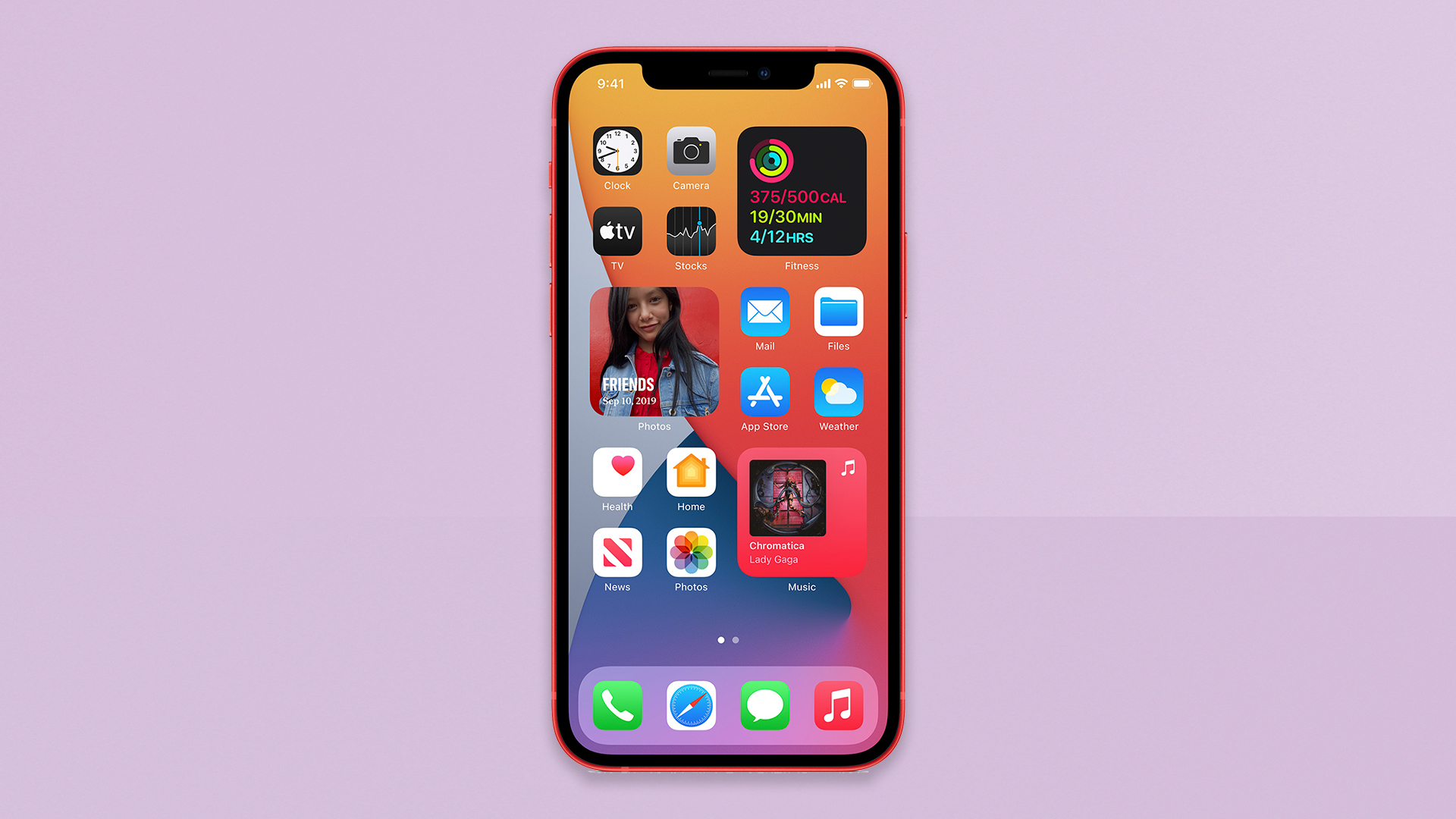
iPhone 12 review: screen & speakers
Aside from the design, the screen is the biggest upgrade from iPhone 11 to iPhone 12, and again it's a knockout. Instead of the LCD panel in its predecessor, the iPhone 12 has a beautiful OLED display that's also higher resolution, so you get a boost in a whole range of areas. In fact, it's nearly identical to the screen in the iPhone 12 Pro, and feels it.
The screen is now 1170x2532, making it 460 pixels per inch – it's impossible to see individual pixels without glueing it to the end of your nose. It supports the P3 wide colour gamut, so everything is as vibrant and realistic as possible (and the camera takes photos with these wide colours, so you see the results regularly).
It's also an HDR screen, which is primarily of use when watching HDR movies from Netflix, Disney+, iTunes etc. The iPhone supports Dolby Vision HDR, which is a more advanced form of HDR, and is delivered by all those services I just mentioned.
When an HDR video demands it, the screen can peak its brightness as high as 1,200 nits, which is extremely impressive. Very few TVs can achieve this, and that includes flagship OLED TVs. Combined with the precision of OLED's self-emissive pixels, there's genuinely stunning contrast and realism here, whether that's more stylised blockbusters or just watching nature documentaries with the most true-to-life colours around.
Compared to the lower-res LCD screen of the iPhone 11, it's a noticeable leap, and is a justifiable reason on its own to move to iPhone 12 for anyone with any LCD iPhone. However, there are some downsides: the OLED screen picks up more of a colour cast when viewed at an angle than the iPhone 11's LCD did; and OLED can be prone to image retention. I don't think the first downside here is an issue to worry about – the thing about phones is you largely look at the them dead-on.
The second element also shouldn't be a dealbreaker, especially since OLED is now the standard on all phones at this level – it's just that if you have apps you use a lot with elements that don't move much, you might notice those elements 'ghosting' (being faintly visible) at times. I've seen this on older OLED phones, including the iPhone X – but obviously it's taken several years to get there. Just a warning.
I said that the screen is almost identical to the iPhone 12 Pro's – they're the same resolution, and have the same HDR peak brightness. However, the typical brightness of the iPhone 12 is 625 nits (the same as the iPhone 11, and perfectly respectable) while the iPhone 12 has a typical brightness of 800 nits, which will make it more visible in bright sunlight. For the average buyer, this difference isn't all that impactful, actually – 625 nits is a really good level for normal use, and indoors it'll often dim itself to match the ambient light anyway.
The iPhone 12 includes Apple's True Tone technology as well, which tweaks the colour balance of the screen depending on the lighting of the room you're in, to make your eyes more comfortable. We've all had the experience of being in our warm yellow indoor light and looking at a blue-tinted screen than feels harsh – Apple changes it so white on the iPhone's screen matches what white looks like in the room you're in, so it's more natural to read the screen. This has been around for years on most iPhones, so it's not new here, but it's a great feature for potential switchers to know about.
For all of our waxing on about the new screen, there is one feature missing compared to other phones, though: a 90Hz or 120Hz screen. The iPhone's screen shows a new image 60 times per second (aka 60Hz), which has been the norm for phones and computers for a very long time.
However, recently, Android phones in particular have started including screens that refresh 90 times per second, or 120 times per second. The advantage of these is that it makes motion look smoother and clearer – there's not much of a practical benefit on phones outside of gaming, but it's absolutely nicer. Once you try a high-refresh screen, going back feels a bit low-rent.
It's not just Android flagships that have these screens – everything from the Pixel 5 (which is cheaper than the iPhone 12), to the OnePlus 8 Pro (which is a similar price to the iPhone) have them – so at this point, it's noticeable that the iPhone 12 is missing out.
Missing out isn't a huge deal in the broader sense. As I mentioned, there isn't a major practical benefit to 90Hz or 120Hz, though it might sway some gaming fans. And there is a significant downside that possibly guided Apple here, which is that it's a big drain on battery life – some phones see a nearly 10% reduction with high refresh rates turned on.
However, Apple has raised the price of the iPhone 12 compared to the iPhone 11, and has put it firmly in the territory where not having this kind of feature looks weaker as a question of value.
As I mentioned, I don't think it's a dealbreaker – it's just a bit of a shame not to have the option given the price increase.
The speakers on the iPhone 12 are excellent – Apple's been really stepping up the game here for the last few years, and it's surprising how clear and rich they are just for listening to music and podcasts on a whim.
When watching a movie in landscape, they give a really impressive stereo effect too – sound moves not only across the screen, but also to the side of you, totally convincingly. It's very impressive, though admittedly most people will watch with headphones anyway.

iPhone 12 review: camera
When it comes to camera specs, there isn't a huge amount of difference from the iPhone 11. The iPhone 12 Pro has some additional changes, but the new features here are small tweaks, not huge leaps forward.
There are two rear cameras: one ultra-wide lens, and one wide-angle (which is the 'normal' lens type on phones), both with 12-megapixel sensors. The ultra-wide lens is roughly a 0.5x zoom compared to the wide – or, if you like, the wide is like a 2x zoom compared to the ultra-wide.
The wide lens has a larger aperture this year (f/1.6 instead of f/1.8), which is great for low-light and Night mode shots especially, but also helps with crispness and colour vibrancy in any shot.
The other differences are that the ultra-wide lens now has lens correction applied automatically so that its shots feature less distortion (though you can turn this off if you want the distorted look), and that Night mode is now possible on the ultra-wide lens and (more importantly) the front-facing camera.
Being able to take Night mode selfies is a really nice addition, though is a little less of a slam dunk than taking them on the rear camera, since it's harder to hold the phone still and get a good angle of yourself. In my experience, Night mode selfies give you the best colours and overall look to a photo, plus flexibility over the angle and composition; the front flash (which is extremely bright thanks to that HDR screen) gives more detail for face-focused shots, but only illuminates the face, so isn't such an overall image improvement.
Behind the scenes, Apple is doing more work thanks to the new processor. A new generation of smart HDR can identify different scenes and elements in photos to get everything exposed to its best, for example.
The result of all this is a small but noticeable improvement over the iPhone 11, and one of the best dual-lens camera system on the market. Image detail is superb, colour vibrancy is excellent while still being natural, and exposure is handled deftly. The iPhone 12 makes it child's play to take beautiful shots.

The iPhone 12's Smart HDR is demonstrated here. See how the shadowed leaf on the right and the petals in full sun both have lots of detail. [Click the image to see a 100% version]

The iPhone's 12's Portrait mode in action. You can see its strengths and weaknesses here – the focus difference between the head and body is impressive and convincing, but the fur around the silhouette has been cut off a bit, as have the whiskers on the left. [Click the image for a 100% version]

This landscape looks it could be a painting, with those uniform colours and even contrast. And, if you view this at 100%, you'll see that the detail looks quite painterly in places once Apple's processing has had its way. [Click the image for a 100% version]

A shot to show detail. The iPhone's grasp of light and shadow makes this look truly three-dimensional, and zooming to 100% reveals every crack – very impressive. [Click the image for a 100% version]
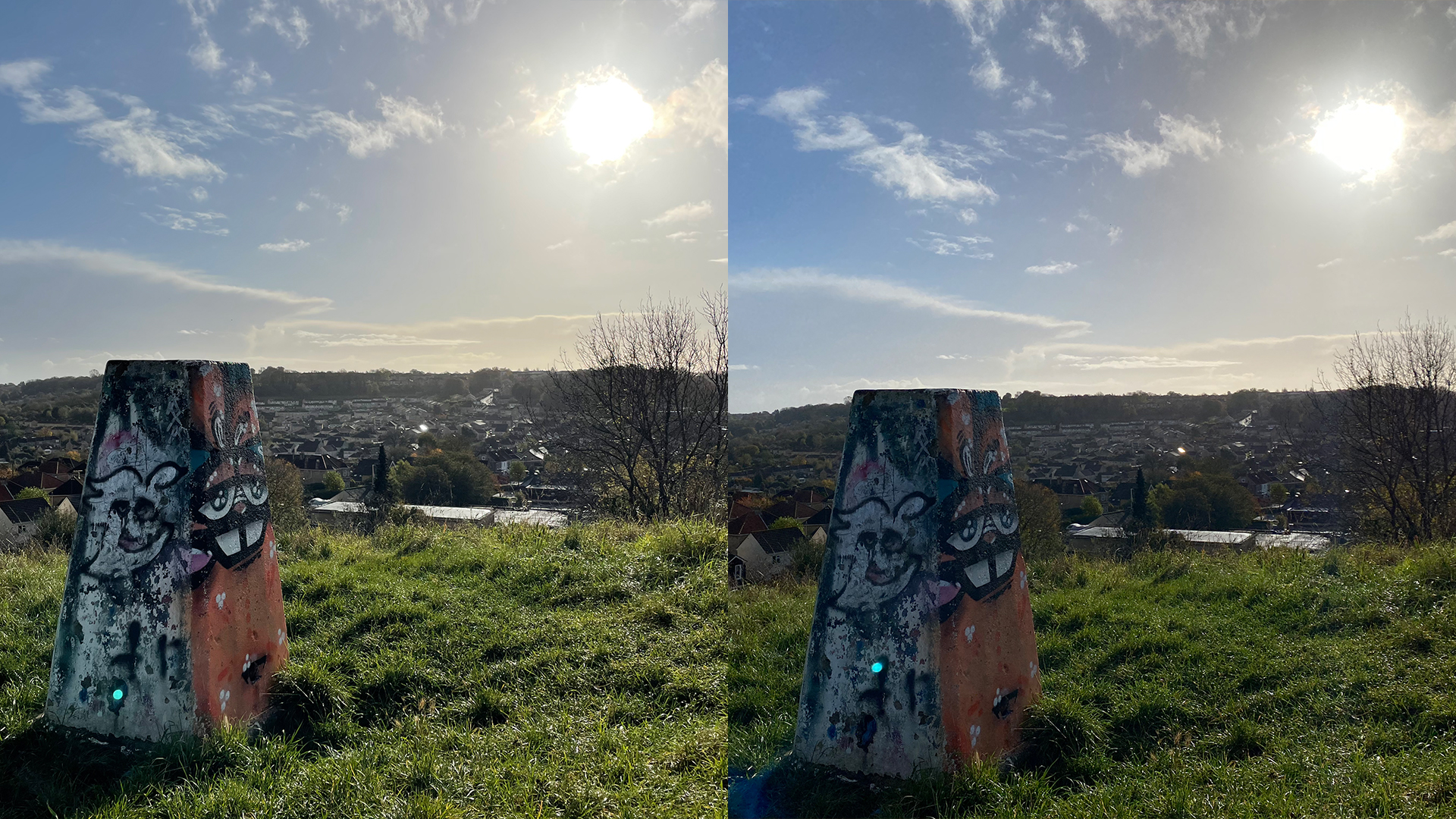
iPhone 12 on the left; iPhone 11 on the right. This comparison shows the improvement in Smart HDR – the sky is equally well-exposed on both, but the grass, background and graffiti'd post are so much brighter and clearer on the 12.
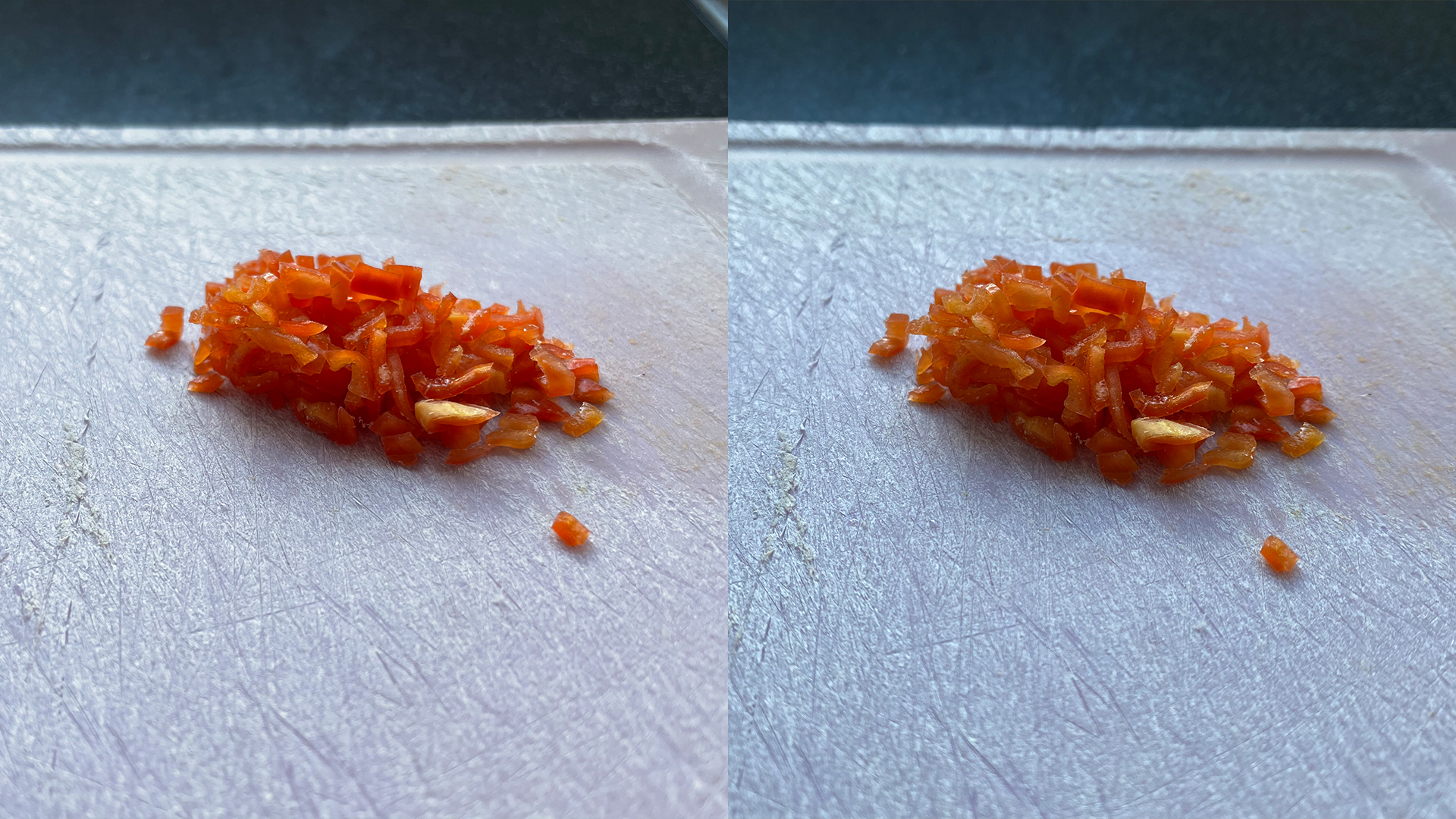
iPhone 12 on the left; iPhone 11 on the right. This is a mid-level light comparison– the iPhone 12 offers more true-to-life colours, while the iPhone 11 is a little cooler and flatter.
As compared to last year's iPhones, the iPhone 12 just offers that extra step of conviction when it comes to colour and contrast – its photos aren't so much better they're transformative, but they're noticeable in medium or lower light, particularly, or contrasty scenes.
They're easily as good as the best Android cameras, including the Galaxy S20 and Pixel 5, though we should note that the latter of these in particular is much cheaper than the iPhone. I prefer the iPhones to the highly saturated pics that Samsung produces (since you can always boost the saturation on these if you want).
My only issues with the camera are that it's 'just' a dual-lens system at a flagship-type price. The iPhone 12 Pro has a third lens (a telephoto, for portraits), and given where the iPhone 12 fits into the overall market for price, it feels like this should have one as well. It would make this phone capable of even better Portrait mode shots of anything (its Portrait mode only works on people and pets, and pet hair is imperfectly handled, though it's certainly not bad).
There is one more new feature to talk about, and that's Dolby Vision HDR video. The iPhone 12 (and 12 Pro) are the first cameras of any kind to 'shoot' in Dolby Vision – actually, they technically shoot in HLG HDR, which is converted to Dolby Vision, for those interested in such details.
Dolby Vision is a form of HDR that adjusts the dynamic range on a scene-by-scene basis, optimising things depending on exactly what you've shot. If you have a new HDR TV, there's a good chance it supports Dolby Vision (unless it's a Samsung). Quite simply, this technology means videos recorded on iPhone can have a depth and realism that few cameras can match. They look fantastic… though so did the iPhone 11's videos and their 'Extended Dynamic Range', I have to say.
Apple is touting this feature a lot, because it's a huge step forward, and unique to the new iPhones, so that's fair enough. But while videos on the iPhone 12 do look absolutely incredible (especially because Apple's video stabilisation is superb too), actually showing other people your videos at full quality is not that easy.
If you want to AirPlay your video to an Apple TV or compatible TV, and if that setup supports Dolby Vision, you can view the video at full quality that way. But if you share your video online, the iPhone will automatically export a version at the quality/HDR level matching what the service tells the iPhone it can support. In theory, this is great – you start with the highest-quality version of your video, and the iPhone will create from that the best version that YouTube/Vimeo/Twitter etc can handle.
But a video service may tell the iPhone the wrong info, meaning the conversion doesn't look right once a video has been uploaded – this has already resulted in problems with HDR videos from iPhone 12 looking washed out on Facebook/Instagram.
So, Dolby Vision video is an extremely cool feature that looks fantastic in the places where you can take full advantage of it, but for most people, it's probably a bit too cutting edge to be a real selling point.
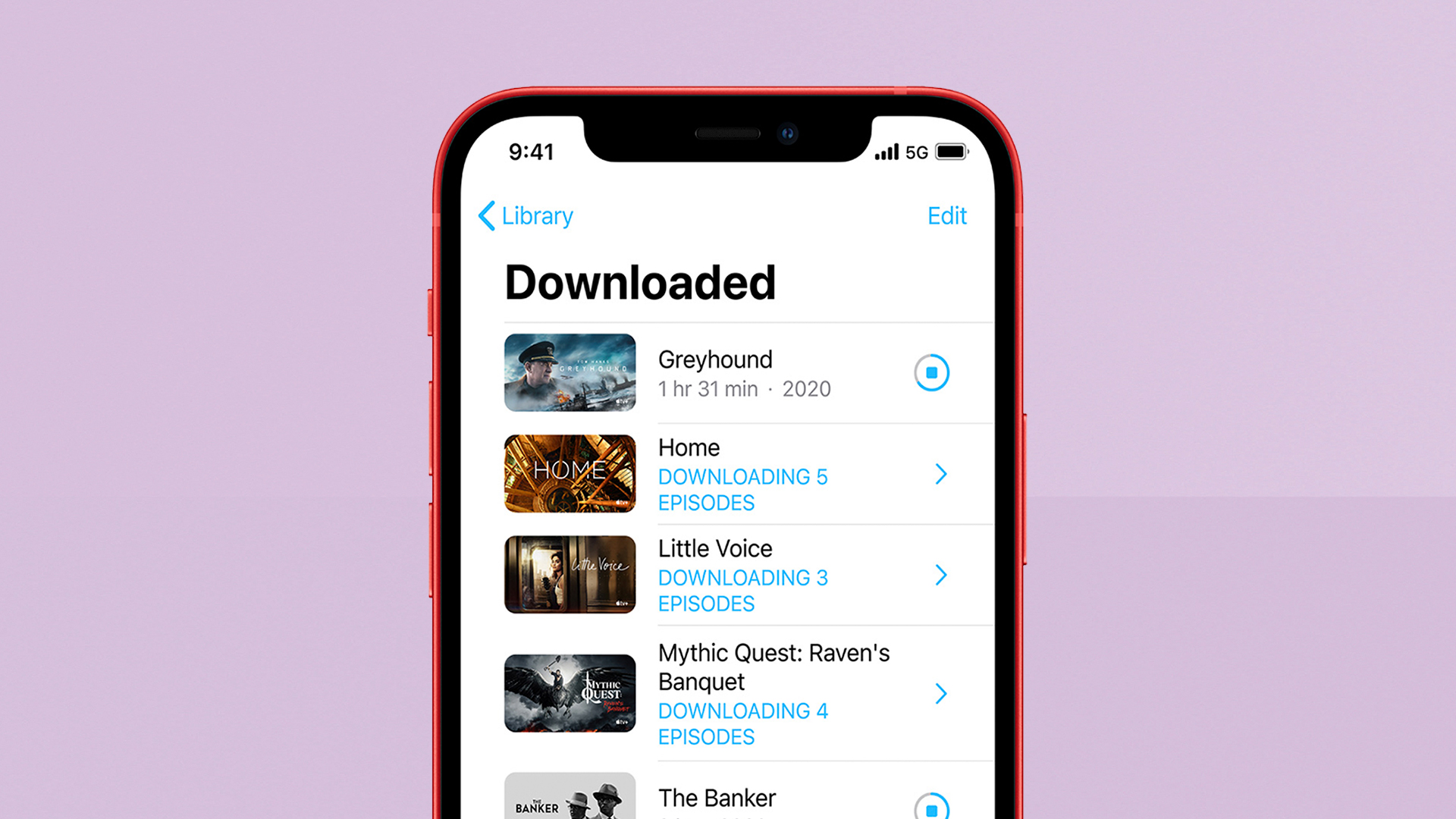
iPhone 12 review: 5G & performance
If anything is the headphone feature of iPhone 12, it's 5G support. It's Apple's first phone with 5G, and it comes at a good time, when 5G is arriving in a lot of cities (in a limited capacity), but isn't so widespread that Apple looks late to the party.
The 5G support that's here is comprehensive: in the US, every type of 5G is supported, including mmWave, which is where the truly hilarious speeds can come in, rather than just the mind-blowingly fast speeds. Elsewhere, there's no mmWave support (in most countries, including the UK, there are no current mmWave network plans), but again the phone will work on any 5G network as seamlessly as it will 4G or 3G.
I took it for a 5G speed test, and hit 500Mbps. I was able to download a nearly 2GB film in a little over two minutes (which slower than that speed suggests, but one of the interesting things with internet that fast is that you don't know whether your downloads will be limited by the place you're downloading from).
Even just regular web browsing is so quick that it feels weird – no waiting for images and text to pop in as a page loads. You hit go and the whole thing just appears at once. This is next-gen stuff, isn't it?
Well, yes… and no. Here's the thing: I then switched 5G off, and standing in the exact same spot I ran a speed test on 4G. I got 250Mbps. That is, admittedly, only half as fast. But on the other hand, it's 250Mbps! That's 10 times faster than the average UK wired broadband.
The way that 5G is being rolled out in many places, it's basically being added on as part of major upgrades of existing infrastructure, so where you get incredible 5G speeds, you'll often get incredible 4G speeds, raising the question of whether the 5G technology was really what we needed to make major improvements happen. (5G does have big benefits beyond pure bandwidth, but those will only really be of use when there's a real, continuous network of it.)
And the 5G rollout has also proven to be a bit odd, and slower than originally expected (though this year hasn't exactly gone as planned in general, so that's fair enough). I had to head to a pretty random residential area in one corner of my city to try it. The city centre is not covered, nor is my neighbourhood.
5G does also prove to be fairly battery hungry – those two minutes to download a film ate 3% of my battery. Apple has introduced 5G with an interesting default option: the iPhone will monitor how intensive your internet needs are when you begin a task, and will use 4G for simpler stuff, or will open the 5G floodgates for anything big. The idea is to help avoid 5G having a major battery impact. You can just switch to using 5G as the default, or you can turn 5G off and stick with 4G only.
I've been kind of hard on 5G here, because I want to make sure you know what you're getting: a phone with the potential for incredible connection speeds, if you're in one of the few areas where 5G is active. The important part is that the iPhone is future-proofed for when 5G is more widespread – right now, it's great when you can make use of it, but it's not going to transform things instantly for everyone in the same way that the screen is an immediate and excellent upgrade.
5G isn't the only speed upgrade in the iPhone 12. The new Apple A14 processor that powers it is around 20% faster than the A13 chip in the iPhone 11, and around 40% faster than the A12 in the iPhone XS and iPhone XR.
Is there a leap in what you notice from iPhone 11 to iPhone 12? No, not especially. From iPhone XR to iPhone 12? A little bit. From iPhone 8 or earlier? Yep, it's a nice improvement.
The main point of the advances in the A14 chip aren't so much the speed, because opening apps and moving around iOS are already really slick – there are lots of other things the chip does that are important.
It's lower power than ever, balancing out some of 5G's drain; it can do more with photos enabling a bunch of the new camera features we mentioned; and it's comfortably future proofed to make sure the iPhone 12 can run whatever upgrades Apple has planned for years. That it's also more powerful than most laptops (and every other phone on the planet) is just bragging rights.

iPhone 12 review: battery life
We usually hope for year-on-year improvements to iPhone battery life, but compared to the iPhone 11, you're not really getting one here.
Apple lists it and the 11 as having the same amount of battery life for watching video, though we actually saw especially strong battery life from it in our video test: watching an HDR movie on Netflix for two hours, with the brightness at maximum and the speaker volume at a third of full, reduced battery life by 14%. That was noticeably better than an iPhone 11 we ran the same rest on simultaneously, though the iPhone 11 wasn't brand new, so we can't call it an apples-to-apples comparison.
The iPhone 12 is perfectly solid for battery life, but not excellent. With light use you can make it through two days – with typical lockdown use, expect to recharge it every night. If you use 5G regularly, that will also bring things down a little.
The gist is: the battery life is fine. It's just not an advance, and it's pretty average compared to similarly priced phones.
One small note about power: Apple doesn't officially include any word on reverse wireless charging, which many phone do these days. I don't mind that – it's a nice feature, but I've never personally found myself in need of it, even as someone who travels for work for days at a time (or, at least, used to). However, some people think they've uncovered that reverse charging may be included but hidden, ready for some future accessory – we'll see.
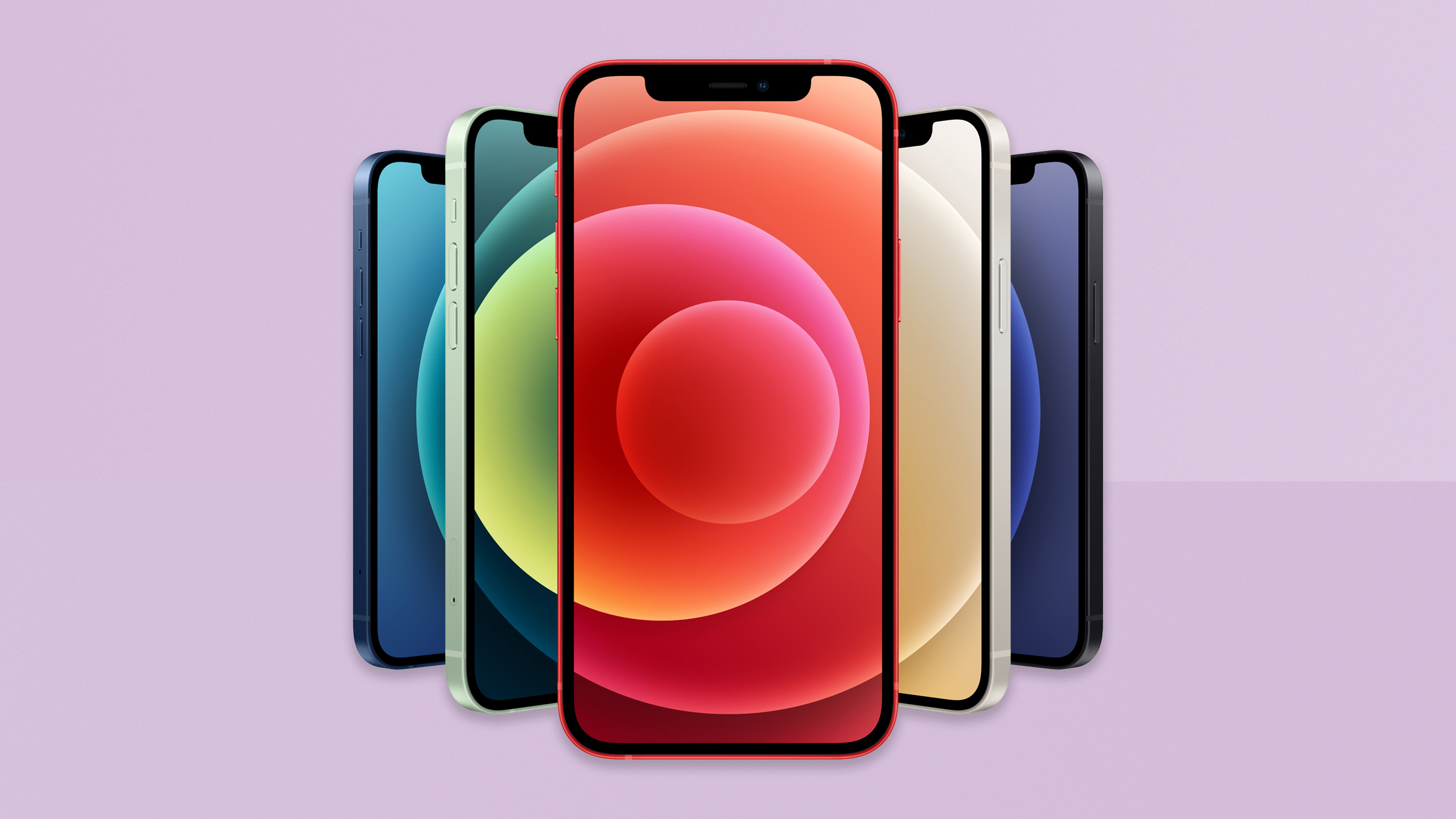
iPhone 12 review: verdict
The iPhone 12 is still an iPhone many people could buy and really enjoy right now – it gives you a stunning design, a fantastic new screen compared to the earlier iPhone 11, excellent cameras with a few new tricks, plus 5G and a decent processor.
The cost was the only real stumbling block at launch – but as the iPhone 13 has since launched, the iPhone 12's appeal is almost higher now, as you can find it for an even better purchase price.
With the discounts we're seeing, the iPhone 12 sits in the upper-mid-range level that it's more comfortable at, and our few objections definitely soften. As a phone, I love it – it's so slick, it's beautiful, and everything works so damn well.
Sign up to the T3 newsletter for smarter living straight to your inbox
Get all the latest news, reviews, deals and buying guides on gorgeous tech, home and active products from the T3 experts
Matt is T3's former AV and Smart Home Editor (UK), master of all things audiovisual, overseeing our TV, speakers and headphones coverage. He also covered smart home products and large appliances, as well as our toys and games articles. He's can explain both what Dolby Vision IQ is and why the Lego you're building doesn't fit together the way the instructions say, so is truly invaluable. Matt has worked for tech publications for over 10 years, in print and online, including running T3's print magazine and launching its most recent redesign. He's also contributed to a huge number of tech and gaming titles over the years. Say hello if you see him roaming the halls at CES, IFA or Toy Fair. Matt now works for our sister title TechRadar.
-
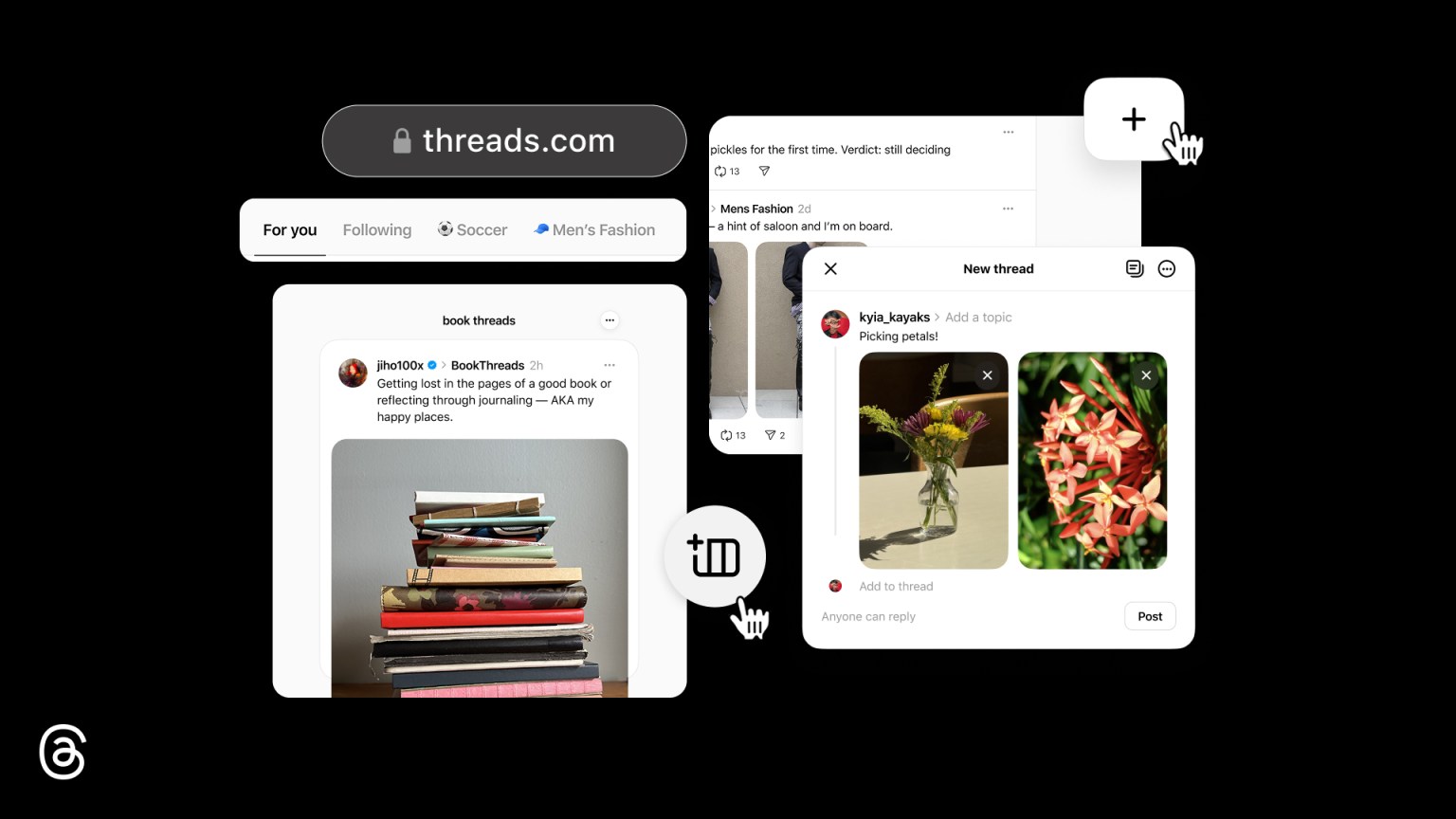 Threads on the web wants to tempt you away from X
Threads on the web wants to tempt you away from XMeta's newest social network gets a new home and a host of new features
By Carrie Marshall Published
-
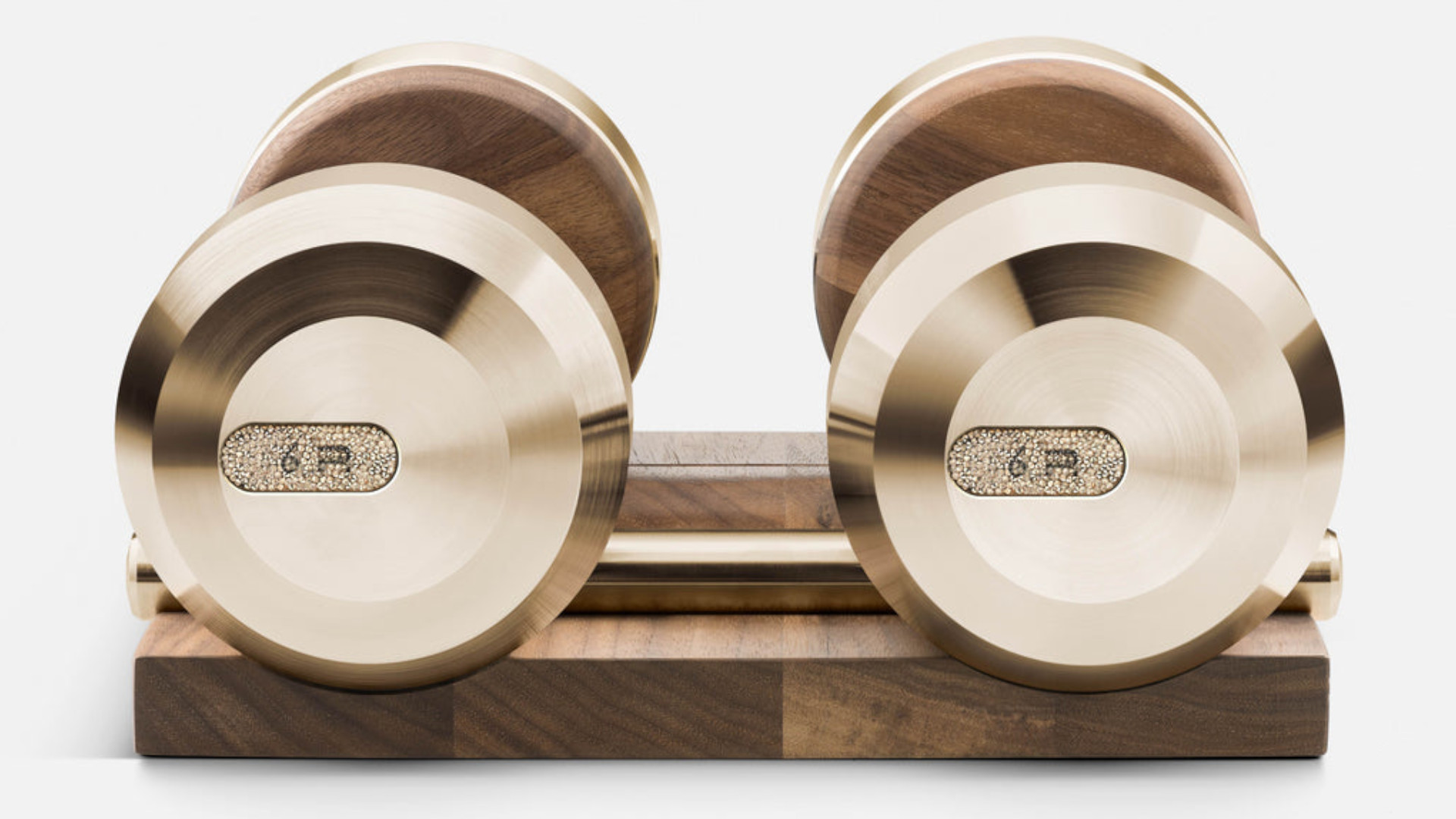 These ultra-luxe dumbbells are encrusted with Swarovski crystals
These ultra-luxe dumbbells are encrusted with Swarovski crystalsFitness asthetics at its finest
By Bryony Firth-Bernard Published
-
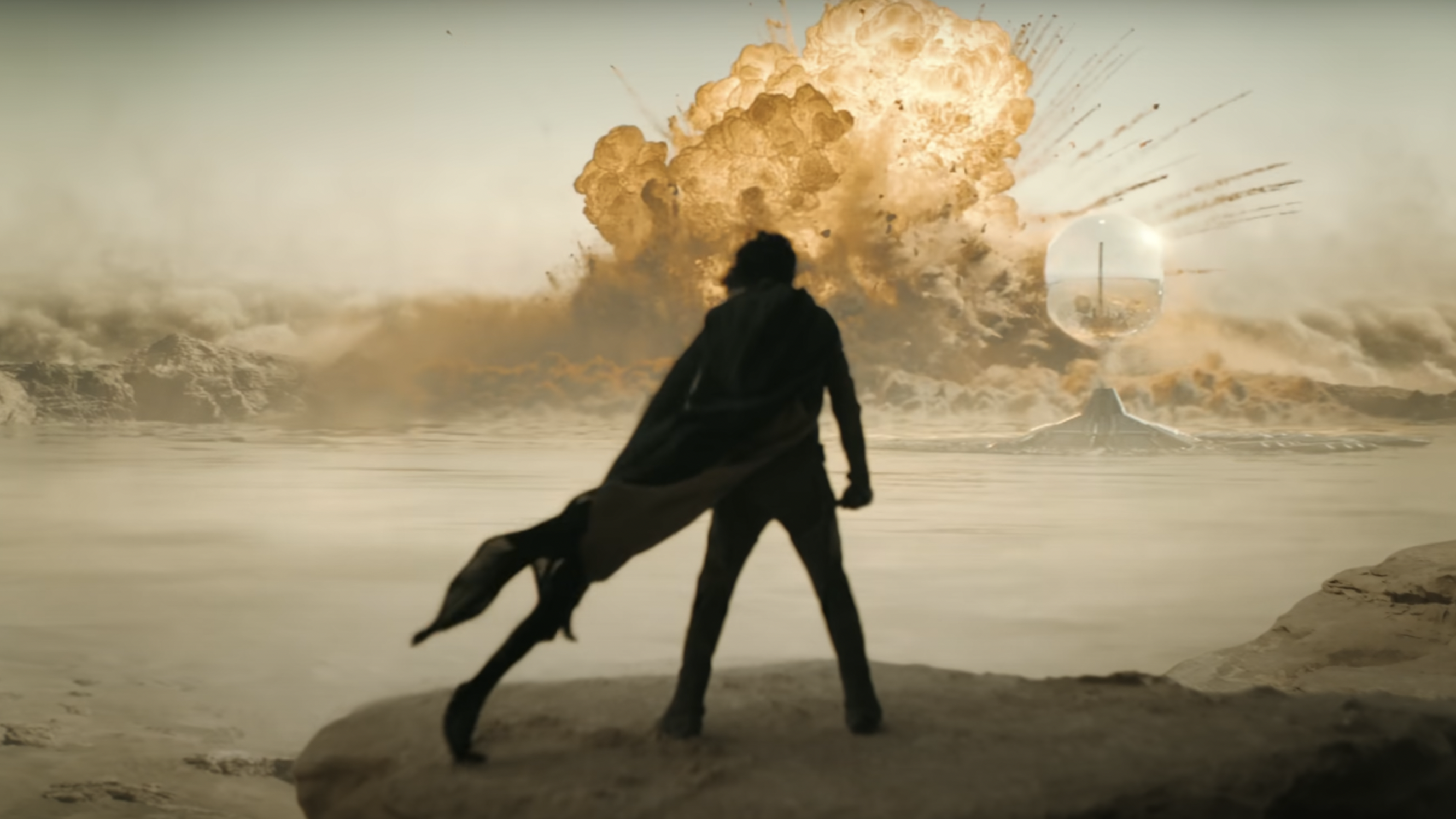 8K on its way as Warner says "yay!"
8K on its way as Warner says "yay!"Warner Bros has scanned over 20 movies in 8K for the ultimate home cinema experience
By Carrie Marshall Published